-
 Bitcoin
Bitcoin $94,178.4344
-0.21% -
 Ethereum
Ethereum $1,792.1439
1.06% -
 Tether USDt
Tether USDt $1.0004
-0.01% -
 XRP
XRP $2.1954
0.26% -
 BNB
BNB $604.8300
0.13% -
 Solana
Solana $148.3767
-3.29% -
 USDC
USDC $0.9999
0.00% -
 Dogecoin
Dogecoin $0.1818
0.59% -
 Cardano
Cardano $0.7073
-0.83% -
 TRON
TRON $0.2518
3.33% -
 Sui
Sui $3.4387
-5.40% -
 Chainlink
Chainlink $14.8050
-1.02% -
 Avalanche
Avalanche $21.8748
-1.94% -
 Stellar
Stellar $0.2881
1.83% -
 Shiba Inu
Shiba Inu $0.0...01426
2.08% -
 UNUS SED LEO
UNUS SED LEO $9.0881
0.56% -
 Toncoin
Toncoin $3.2240
0.66% -
 Hedera
Hedera $0.1917
-3.09% -
 Bitcoin Cash
Bitcoin Cash $360.7143
-1.88% -
 Polkadot
Polkadot $4.2445
-0.33% -
 Litecoin
Litecoin $85.8084
-0.01% -
 Hyperliquid
Hyperliquid $17.6511
-5.92% -
 Dai
Dai $1.0000
-0.01% -
 Bitget Token
Bitget Token $4.4317
-0.58% -
 Ethena USDe
Ethena USDe $0.9994
-0.01% -
 Pi
Pi $0.6459
-0.88% -
 Monero
Monero $229.1550
0.01% -
 Pepe
Pepe $0.0...09169
4.95% -
 Uniswap
Uniswap $5.8045
-0.25% -
 Aptos
Aptos $5.5452
0.03%
What is FLOW coin? A comprehensive introduction to FLOW coin project in one article
FLOW's high throughput and scalability make it a formidable platform for developing and trading NFTs, allowing for swift and efficient transactions within the rapidly growing NFT market.
Oct 31, 2024 at 11:15 am
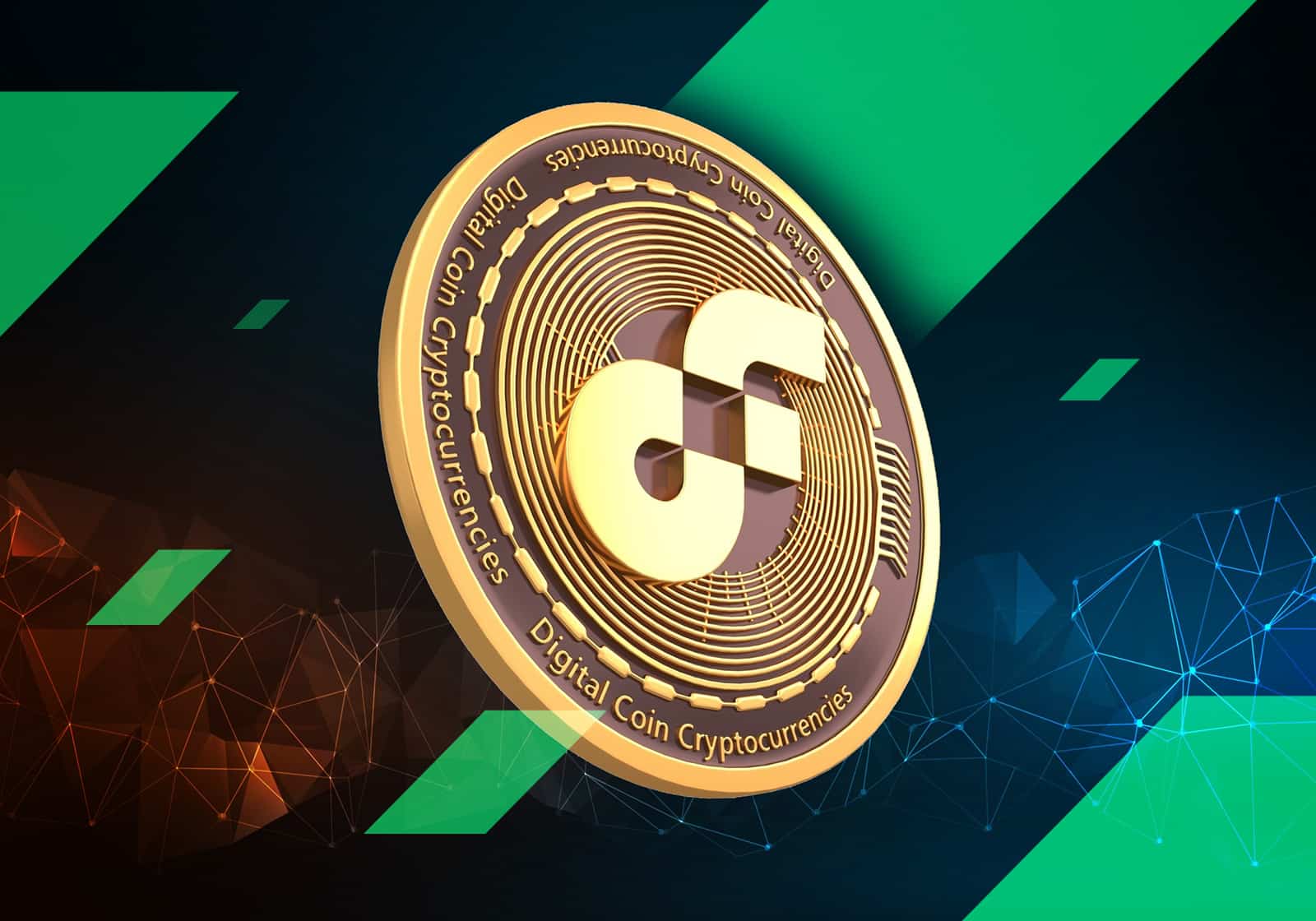
What is FLOW Coin? A Comprehensive Introduction to the FLOW Coin Project
1. Overview
FLOW is a decentralized blockchain platform designed for the development of non-fungible tokens (NFTs). It is known for its high-performance and scalability, making it a suitable platform for creating and trading digital collectibles, art, and other unique digital assets.
2. Key Features
High Throughput: FLOW can process over 10,000 transactions per second, making it one of the fastest blockchain platforms available.
Scalability: FLOW uses a unique sharding architecture that allows it to scale horizontally by adding more nodes to the network.
Finality: FLOW employs a "finality guarantee" mechanism that ensures transactions are immutable once they are confirmed.
3. FLOW Token
The FLOW token is the native cryptocurrency of the FLOW blockchain. It serves as:
Fuel for Transactions: FLOW tokens are used to pay for gas fees associated with transactions on the network.
Governance: FLOW holders can vote on key decisions affecting the development of the platform.
Store of Value: FLOW can be used as a store of value and can be traded on cryptocurrency exchanges.
4. Applications
Art and Collectibles: FLOW is widely used for creating and trading digital art and collectibles. Platforms like NBA Top Shot and CryptoKitties utilize FLOW for their NFT marketplaces.
Gaming: FLOW's high scalability makes it suitable for developing blockchain-based games. The popular blockchain game "Space Ape Club" is built on FLOW.
Music and Entertainment: FLOW has applications in the music and entertainment industries, allowing artists to create and sell unique digital assets, such as unreleased songs or virtual concert experiences.
5. Developers' Platform
FLOW provides a comprehensive suite of tools and resources for developers to build and deploy NFTs and decentralized applications (dApps) on the platform.
FLOW VM: A virtual machine specifically designed for running FLOW smart contracts.
Cadence: A type-safe programming language used for developing smart contracts on FLOW.
FCL (Flow Core Library): A JavaScript library that provides an interface to the FLOW blockchain and its features.
6. Conclusion
FLOW is a powerful blockchain platform that enables the development and trading of NFTs and decentralized applications. Its high throughput, scalability, and finality guarantee make it an attractive choice for creators, collectors, and developers in various industries. As the NFT market continues to grow, FLOW is likely to remain a key player in the space.
Disclaimer:info@kdj.com
The information provided is not trading advice. kdj.com does not assume any responsibility for any investments made based on the information provided in this article. Cryptocurrencies are highly volatile and it is highly recommended that you invest with caution after thorough research!
If you believe that the content used on this website infringes your copyright, please contact us immediately (info@kdj.com) and we will delete it promptly.
- How High Can SUI Price Spike This Cycle? Analyst Reveals His Realistic Price Target
- 2025-04-26 21:15:13
- Bitcoin (BTC) Crosses $95,000 for the First Time Since February 2025
- 2025-04-26 21:15:13
- Bitcoin Supply In Profit Has Crossed The 87% Mark
- 2025-04-26 21:10:13
- BNB Price Spiked After Binance Published Its Updated Listing Standards
- 2025-04-26 21:10:13
- SUI Price Explodes 70% as TVL Hits $1.64B, DEX Volume Soars 177%
- 2025-04-26 21:05:13
- Dogecoin (DOGE) Price Prediction: Will the Memecoin Hit $1 by May 2025?
- 2025-04-26 21:05:13
Related knowledge

What is Ethereum’s Slashing mechanism and how to punish malicious behavior?
Feb 20,2025 at 03:08am
Key PointsOverview of slashingDifferent types of slashing in EthereumIncentives and consequences of slashingIdentifying and reporting slashed validatorsOngoing discussions and potential improvementsEthereum's Slashing Mechanism: Punishing Malicious BehaviorEthereum's slashing mechanism is an essential tool for ensuring network security and punishing mal...
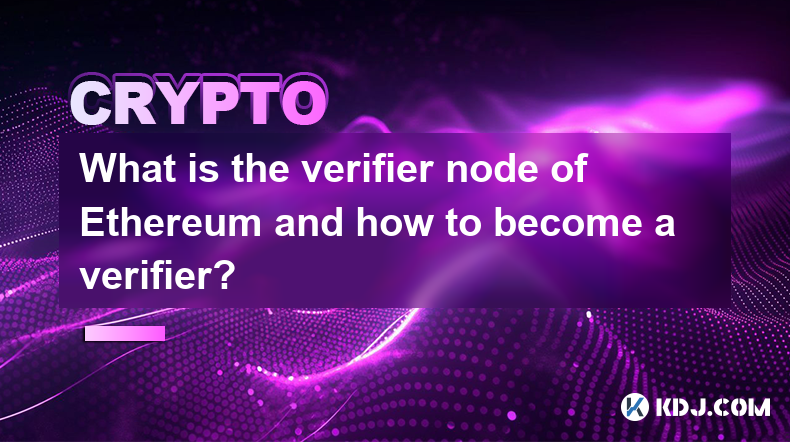
What is the verifier node of Ethereum and how to become a verifier?
Feb 19,2025 at 06:00pm
The Verifier Node of Ethereum: A Comprehensive GuideKey Points:What is a Verifier Node?How to Become a Verifier NodeResponsibilities and Rewards of a Verifier NodeMinimum Requirements for Becoming a Verifier NodePotential Difficulties in Running a Verifier Node1. What is a Verifier Node?A Verifier Node is an independent entity on the Ethereum network th...
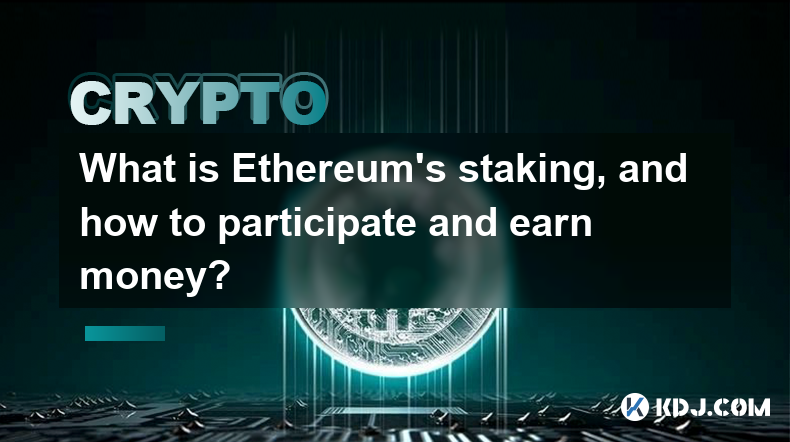
What is Ethereum’s staking, and how to participate and earn money?
Feb 19,2025 at 04:37pm
Key Points:Understanding Ethereum's Staking MechanismSteps to Participate in StakingBenefits and Rewards of StakingSecurity and Risk ConsiderationsTechnical Requirements and Hardware OptionsPotential Challenges and Troubleshooting TipsFAQs on Ethereum StakingWhat is Ethereum's Staking?Proof-of-Stake (PoS) is a consensus mechanism used in blockchain netw...
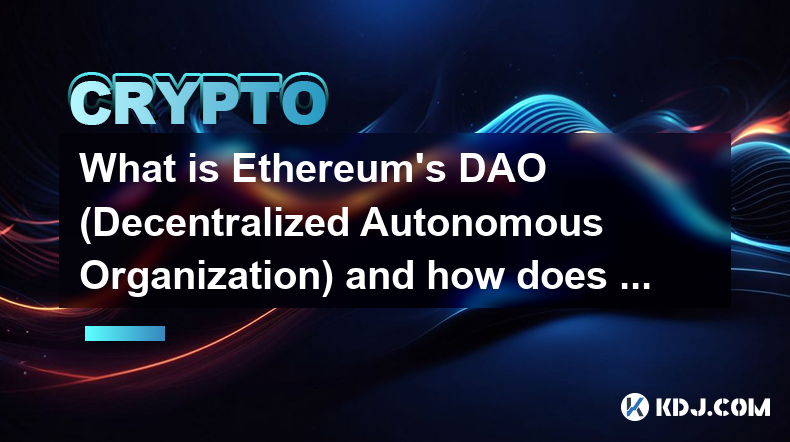
What is Ethereum’s DAO (Decentralized Autonomous Organization) and how does it work?
Feb 20,2025 at 03:12am
Key PointsDefinition and Structure of a DAOGovernance and Decision-Making in DAOsBenefits and Use Cases of DAOsChallenges and Limitations of DAOsWhat is Ethereum's DAO (Decentralized Autonomous Organization) and How Does It Work?Definition and Structure of a DAOA Decentralized Autonomous Organization (DAO) is an innovative governance and management fram...
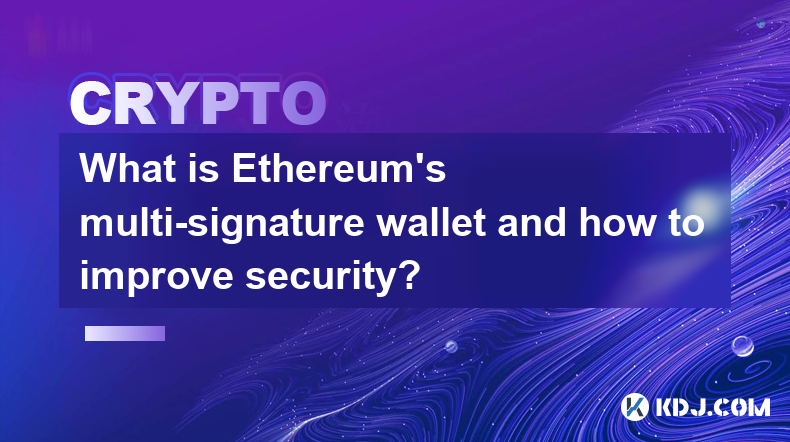
What is Ethereum's multi-signature wallet and how to improve security?
Feb 20,2025 at 02:18pm
Key Points:Understanding the Concept of a Multi-Signature WalletBenefits and Drawbacks of Multisig WalletsRequirements for Setting Up a Multisig WalletStep-by-Step Guide to Generating a Multisig WalletImplementing Strategies for Enhanced Security1. Understanding the Concept of a Multi-Signature WalletA multi-signature (multisig) wallet in the Ethereum e...
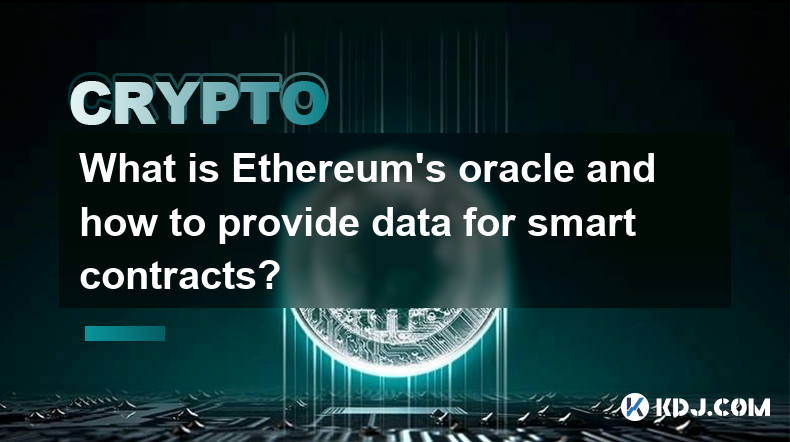
What is Ethereum's oracle and how to provide data for smart contracts?
Feb 21,2025 at 01:30am
Key Points:Understanding the concept of oracles in EthereumExploring different types of oraclesDetailed guide on how to provide data for smart contractsAddressing potential challenges and considerationsWhat is Ethereum's Oracle?Oracles are crucial components in the Ethereum ecosystem, enabling smart contracts to access real-world data and off-chain even...

What is Ethereum’s Slashing mechanism and how to punish malicious behavior?
Feb 20,2025 at 03:08am
Key PointsOverview of slashingDifferent types of slashing in EthereumIncentives and consequences of slashingIdentifying and reporting slashed validatorsOngoing discussions and potential improvementsEthereum's Slashing Mechanism: Punishing Malicious BehaviorEthereum's slashing mechanism is an essential tool for ensuring network security and punishing mal...

What is the verifier node of Ethereum and how to become a verifier?
Feb 19,2025 at 06:00pm
The Verifier Node of Ethereum: A Comprehensive GuideKey Points:What is a Verifier Node?How to Become a Verifier NodeResponsibilities and Rewards of a Verifier NodeMinimum Requirements for Becoming a Verifier NodePotential Difficulties in Running a Verifier Node1. What is a Verifier Node?A Verifier Node is an independent entity on the Ethereum network th...

What is Ethereum’s staking, and how to participate and earn money?
Feb 19,2025 at 04:37pm
Key Points:Understanding Ethereum's Staking MechanismSteps to Participate in StakingBenefits and Rewards of StakingSecurity and Risk ConsiderationsTechnical Requirements and Hardware OptionsPotential Challenges and Troubleshooting TipsFAQs on Ethereum StakingWhat is Ethereum's Staking?Proof-of-Stake (PoS) is a consensus mechanism used in blockchain netw...

What is Ethereum’s DAO (Decentralized Autonomous Organization) and how does it work?
Feb 20,2025 at 03:12am
Key PointsDefinition and Structure of a DAOGovernance and Decision-Making in DAOsBenefits and Use Cases of DAOsChallenges and Limitations of DAOsWhat is Ethereum's DAO (Decentralized Autonomous Organization) and How Does It Work?Definition and Structure of a DAOA Decentralized Autonomous Organization (DAO) is an innovative governance and management fram...

What is Ethereum's multi-signature wallet and how to improve security?
Feb 20,2025 at 02:18pm
Key Points:Understanding the Concept of a Multi-Signature WalletBenefits and Drawbacks of Multisig WalletsRequirements for Setting Up a Multisig WalletStep-by-Step Guide to Generating a Multisig WalletImplementing Strategies for Enhanced Security1. Understanding the Concept of a Multi-Signature WalletA multi-signature (multisig) wallet in the Ethereum e...

What is Ethereum's oracle and how to provide data for smart contracts?
Feb 21,2025 at 01:30am
Key Points:Understanding the concept of oracles in EthereumExploring different types of oraclesDetailed guide on how to provide data for smart contractsAddressing potential challenges and considerationsWhat is Ethereum's Oracle?Oracles are crucial components in the Ethereum ecosystem, enabling smart contracts to access real-world data and off-chain even...
See all articles






















![Trading is to follow [Review Video] Gold Bitcoin Crude Oil Orders Make Profits! Trading is to follow [Review Video] Gold Bitcoin Crude Oil Orders Make Profits!](/uploads/2025/04/26/cryptocurrencies-news/videos/trading-follow-review-video-gold-bitcoin-crude-oil-profits/image-1.webp)































































